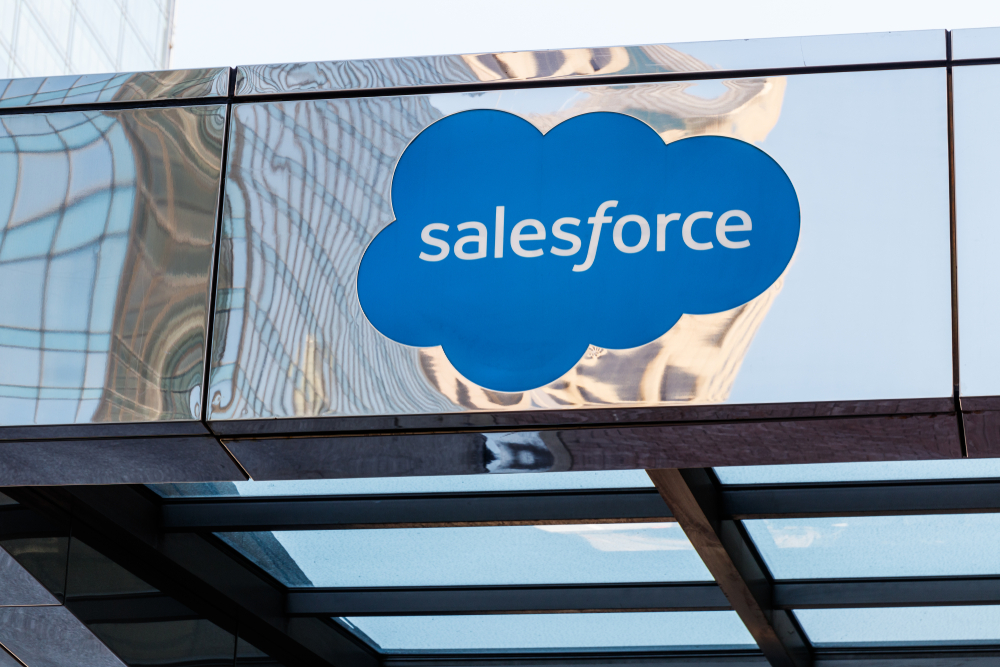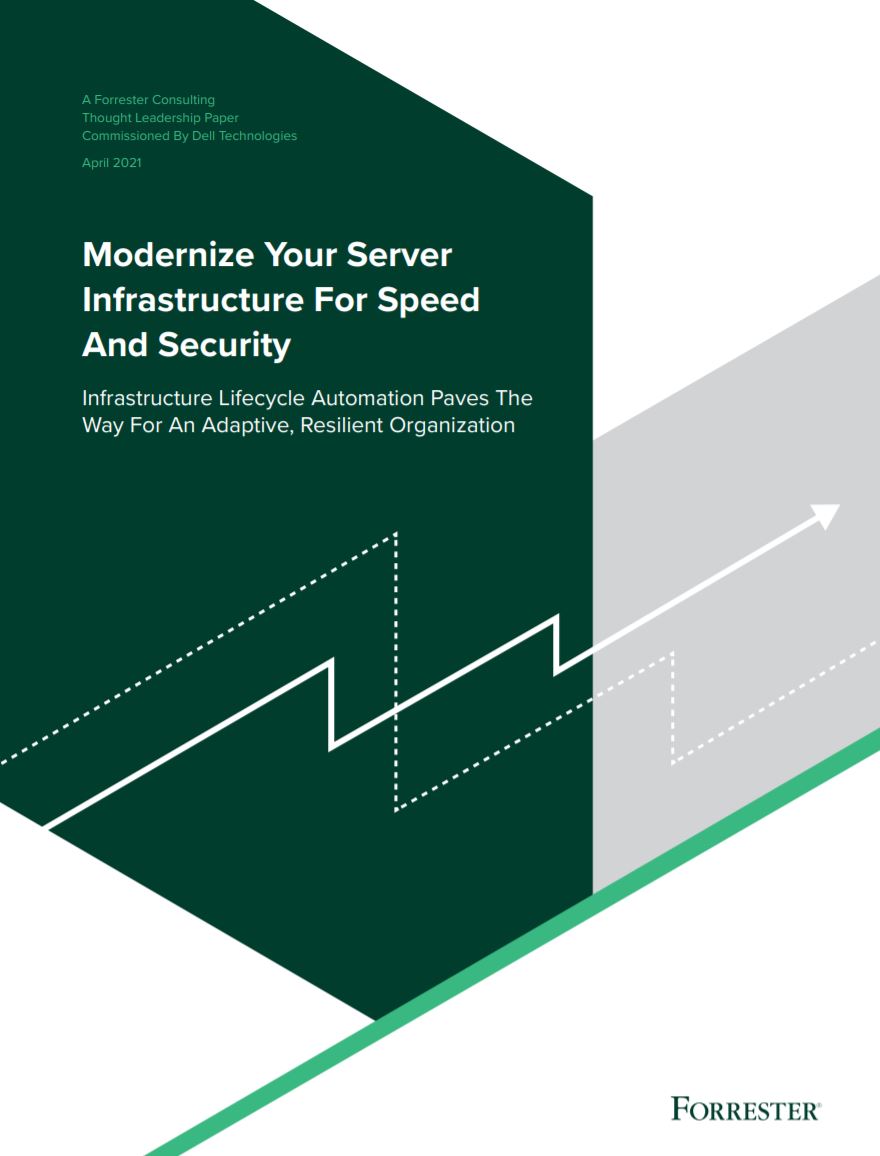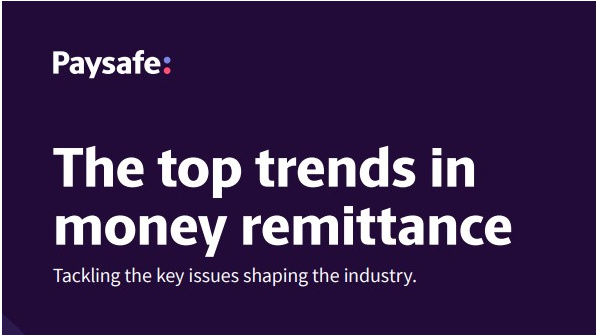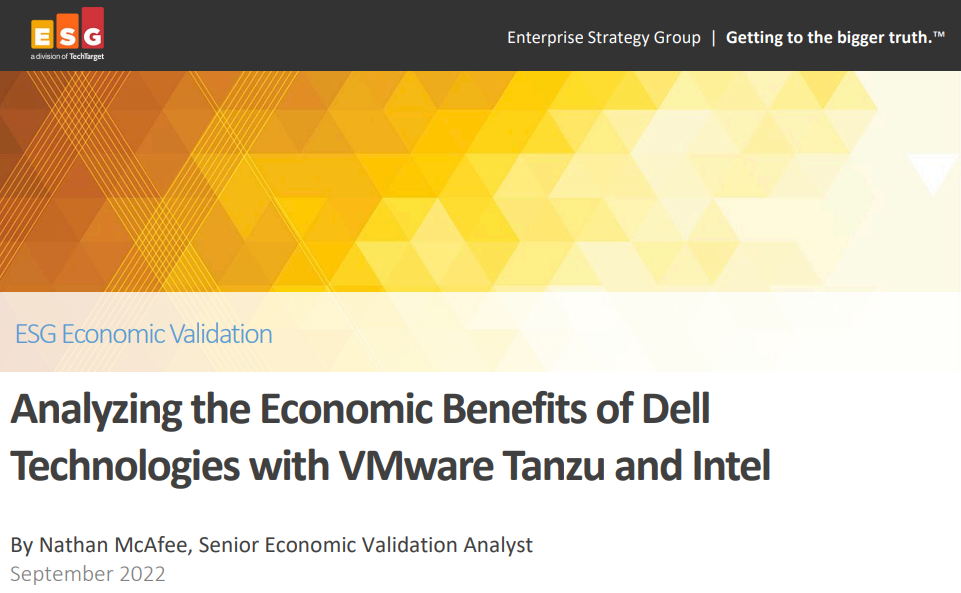Salesforce extends IT lifecycles as firms continue to tackle infrastructure cost burdens
Salesforce is the latest in a string of firms that have extended IT lifecycles to unlock cost savings


Salesforce has announced it will extend the lifecycle of IT infrastructure and hardware as part of a cost-efficiency drive.
In the software firm’s Q4 earnings call this week, chief financial officer Amy Weaver revealed that a one-year extension to both IT infrastructure and employee hardware had been implemented at the beginning of February, and was expected to deliver financial benefits in the year ahead.
The move forms part of a broader mission at the SaaS firm to reduce expenditures and enhance productivity, Weaver said.
“One point in our guidance includes slightly under one-half point in benefit due to a depreciation change to the useful life of certain equipment by one year, effective February 1st,” she told shareholders.
“For our infrastructure-related equipment, this changed the useful life from approximately four to five years. And for IT employee equipment, this changed from approximately three to four years.”
Extending IT lifecycles
This move from Salesforce marks the latest in several lifecycle extensions implemented by major tech firms as businesses seek to reduce costs and weather economic disruption.
In 2021, Google announced plans to extend the lifecycle of servers in its cloud computing arm.
Get the ITPro daily newsletter
Sign up today and you will receive a free copy of our Future Focus 2025 report - the leading guidance on AI, cybersecurity and other IT challenges as per 700+ senior executives
The move saw the tech giant stretch the operational lifespan of servers from three years to four to reduce costs and maximise the use of server infrastructure over a longer period.
AWS and Microsoft have also followed suit. Shortly after Google’s announcement, AWS revealed it planned to run cloud servers for five years, marking an increase on previous practices.
The cloud giant also implemented an extension to the lifecycle of networking equipment.
Meanwhile, Microsoft CFO Amy Hood confirmed in last year’s Q4 earnings call that the firm would extend cloud servers by two years.
Speaking to shareholders at the time, Hood said the move was due to advancements in software that improved efficiency and was expected to unlock billions of dollars in savings and improve infrastructure longevity.
“We are extending the depreciable useful life for server and network equipment assets in our cloud infrastructure from four to six years,” she said.
“Investments in our software that increased efficiencies in how we operate our server and network equipment, as well as advances in technology, have resulted in lives extending beyond historical accounting lives.”
Rising IT costs
Over the last 15 months, businesses worldwide have been forced to contend with rising IT expenditures, fuelled partly by inflation and increased energy costs.
Analysis from IDC last year found that while pandemic-related IT cost surges posed a serious threat to businesses, economic disruption in 2022 exacerbated the situation.
Statistics from the US Bureau of Labor’s Producer Price Index (PPI) in June last year showed a significant year-on-year increase in the cost of running computers and servers, recording a 21% surge in prices compared to the year previous.
Stewart Buchanan, VP research analyst for Gartner’s CIO team told IT Pro that the extension of IT lifecycles is a long-running trend, but one that has certainly been accelerated by macroeconomic factors over the last 18 months.
Rising energy costs and inflation have had a significant impact on businesses globally, and providers are increasingly looking for ways to avoid burdening clients with rising costs while simultaneously seeking to reduce their own expenditures.
“If you’re a provider and really struggling not to pass significant labour or energy cost increases onto your customers, then it makes sense and it’s a sensible thing to do,” he said.
RELATED RESOURCE

Modernise your server infrastructure for speed and security
Infrastructure lifecycle automation paves the way for an adaptive, resilient organisation
FREE DOWNLOAD
Buchanan noted that, when considering current hardware capabilities compared to previous years, this also makes great business sense.
“There was a time when buying a new hardware model would give you a lot more performance or would give you better energy consumption rates. We’re not seeing that as much from new hardware. While there is great new hardware out there that is improving energy consumption, for example, it’s not as much as it was before,” he said.
“The advantages of buying new hardware aren’t quite as compelling. I think this is another influencing factor. There’s a lot of pressure on providers to try and absorb a lot of the inflationary cost.”
Extending lifecycles does offer tangible benefits to businesses, Buchanan noted. However, this is often dependent on the capabilities of the individual organisation and can vary based on circumstances.
For larger enterprises such as Salesforce, this represents a prudent option given current circumstances and a concerted organisational focus on improving profitability.
“That has a bit of an advantage moving forward because it obviously just spreads the cost over more years,” he said. “Your annual cost that you have on your books for amortisation and depreciation expenses are going to be lower. That’s really the key advantage.
“But when you’re moving all your existing assets to a longer life cycle you can restate those assets on your books and instead of having their value expiring over four years, you can adjust it to claim it over six years. And of course, you get a bit more of a kick to your bottom line,” Buchanan added.

Ross Kelly is ITPro's News & Analysis Editor, responsible for leading the brand's news output and in-depth reporting on the latest stories from across the business technology landscape. Ross was previously a Staff Writer, during which time he developed a keen interest in cyber security, business leadership, and emerging technologies.
He graduated from Edinburgh Napier University in 2016 with a BA (Hons) in Journalism, and joined ITPro in 2022 after four years working in technology conference research.
For news pitches, you can contact Ross at ross.kelly@futurenet.com, or on Twitter and LinkedIn.
-
 Bigger salaries, more burnout: Is the CISO role in crisis?
Bigger salaries, more burnout: Is the CISO role in crisis?In-depth CISOs are more stressed than ever before – but why is this and what can be done?
By Kate O'Flaherty Published
-
 Cheap cyber crime kits can be bought on the dark web for less than $25
Cheap cyber crime kits can be bought on the dark web for less than $25News Research from NordVPN shows phishing kits are now widely available on the dark web and via messaging apps like Telegram, and are often selling for less than $25.
By Emma Woollacott Published
-
 Better together
Better togetherWhitepaper Achieve more with Windows 11 and Surface
By ITPro Published
-
 Transforming the enterprise
Transforming the enterpriseWhitepaper With Intel and CDW
By ITPro Published
-
 The top trends in money remittance
The top trends in money remittanceWhitepaper Tackling the key issues shaping the money remittance industry
By ITPro Published
-
 How Kantar revamped its IT infrastructure after being sold off
How Kantar revamped its IT infrastructure after being sold offCase Study Being acquired by a private equity firm meant Kantar couldn’t rely on its parent company’s infrastructure, and was forced to confront its technical shortcomings
By Rene Millman Published
-
 Deutsche Bank wraps up Postbank IT integration after bug-laden migrations
Deutsche Bank wraps up Postbank IT integration after bug-laden migrationsNews The IT merger is expected to generate annual savings of €300 million by 2025
By Daniel Todd Published
-
 Analyzing the economic benefits of Dell Technologies with VMware Tanzu & Intel
Analyzing the economic benefits of Dell Technologies with VMware Tanzu & IntelWhitepaper ESG economic validation
By ITPro Published
-
 Defra needs £726 million to modernize pervasive legacy IT issues
Defra needs £726 million to modernize pervasive legacy IT issuesNews A significant portion of IT systems are reportedly still in extended support or are fully unsupported
By Ross Kelly Published
-
 Former TSB CIO fined £81,000 for botched IT migration
Former TSB CIO fined £81,000 for botched IT migrationNews It’s the first penalty imposed on an individual involved in the infamous migration project
By Ross Kelly Published